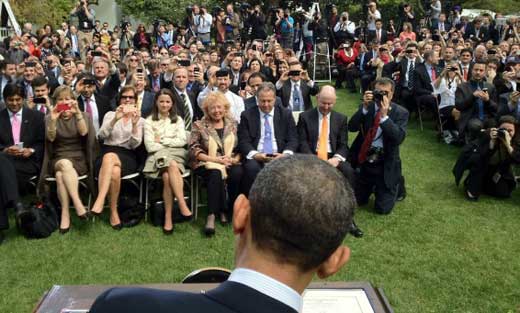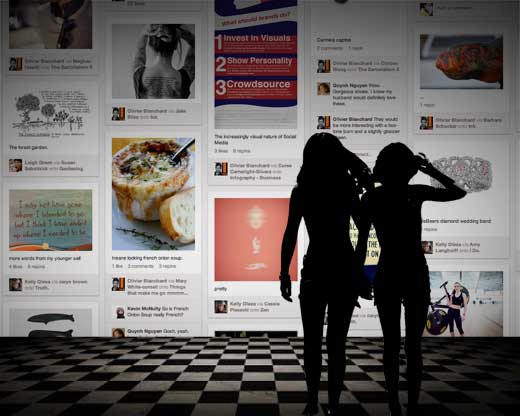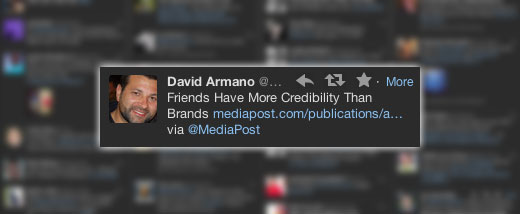If you are a small entrepreneurial business or organization, you know you have had to keep a tight lip when raising equity. Specifically, you have had to remove any conversation of raising money in your social/digital spaces, especially when comes to soliciting funds. This makes it extremely hard for organizations that are trying to grow their business, restricting them from talking about a major focus of the organization.
For the last year, I have been working with Serrus Capital Partners with their digital/social efforts. Serrus is real estate investment firm not only raising capital for specific funds but using those funds to purchase distressed properties as investment properties. These properties are then refurbished, revitalized, and given a tremendous facelift and structure upgrade. They have to raise capital to fullfil their business model, yet cannot “talk” or solicit online via social outlets. This would be securities violation and ultimately breaking the law.
Our blogging and social efforts have been focused solely on raising awareness. The blog has been focused on topics like leadership and entrepreneurship. Video content has been created for YouTube to share the mission of the organization and communicating goodwill. Twitter and Facebook are used as channels to share this content. We have been telling stories of people that have been helped with affordable housing, contractors who have been put back to work, and communities/sub-divisions that now have properties that meet or exceed the surrounding property values.
We cannot talk about money. We cannot mention investing in the fund. We cannot share financial information unless numerous attorneys scrub through the content. Sometimes this content that was time specific misses window(s) of opportunity.
So, what is crowdfunding. The Portland Business Journal just released an article about this topic:
“With ‘crowd funding,’ startups would be able to more easily seek equity investors in places like Facebook. And most of the people, believes the real advantage comes in the freedom to use social media to attract investment. The beauty of crowd funding is it can provide you with a very diverse and passionate group of funders who are putting money into your company because they truly believe in what you’re doing and support you even though they’re not accredited investors. “
Kent Hoover, Washington Bureau Chief of The Business Journal, writes this past March:
“The legislation will enable small businesses to use the Internet to raise up to $1 million in small investments from lots of people, a technique known as crowdfunding. It also will encourage more companies to go public by exempting them from some Securities and Exchange Commission regulations in the first five years after an initial public offering.”
The article also stated, “House Majority Leader Eric Cantor said the legislation ‘will increase capital formation and pave the way for more small-scale businesses to go public and create jobs.'”
Basically, “The new law would largely lift those barriers, allowing companies to raise up to $1 million in equity capital from an unlimited number of investors, while allowing the offering to be marketed widely, including on social networks or crowd-funding sites like Kickstarter.”
Many individuals in small business or entrepreneurial communities leverage their online communities to build their contact lists, communicate, market products or services, or connect with new business opportunities. Many of these individuals have built large online communities yet cannot leverage the technology to share their passion, especially when it comes to raising funds.
On April 5, 2012…President Obama signed the Jobs Act which included “Crowdfunding” in the bill. Mashable.com reports “The bill classifies startups as ’emerging growth companies’ that can turn to online investors to raise much-sought-after startup capital — similar to how websites such as Kickstarter let users raise money for films, books or other projects.”
It was also reported in this Mashable.com article, “In the amended bill, the Senate gave the U.S. Securities and Exchange Commission 270 days to interpret and issue the rules for the public. That means potential investors may have to wait until 2013 before it’s legal to make an investment. In the meantime, there are a few things they should consider.
In about 90 days the Access to Capital for Jobs Creators Act should go into effect, allowing companies to tell the public that they are raising capital. In the past, this type of solicitation was illegal and could exempt the company from raising money privately. Now, startups should be able to solicit their deal, which could mean that more investors will be able to hear about it.”
This is a game changer for many organizations in how they can communicate when raising capital. “The caveat is that only accredited investors can participate in those deals where the company is soliciting. In other words, this will only apply to investors who fall into the following categories.
1) Your net worth is more than $1 million, excluding your home
2) You have $200,000 in new income for the last two years and a reasonable expectation to make $200,000 in the current year
3) You have $300,000 in household income for the last two years and a reasonable expectation to make $300,000 in the current year.”
Now, how will this effect groups like Serrus? Not sure yet, we are in the middle of that period when the U.S. Securities and Exchange Commission has 270 days to interpret. At the same time, many organizations are engaging their legal counsel to see how it will impact their current solicitation models. From a social/digital perspective…the needle is moving.
So how do you plan over the next 270 days in anticipation of the new rules and regulations, it is the time to continue to build your online communities?
Articles used in this blog post:
Portland Business Journal: “With crowd funding, social media becomes a powerful tool”
The Business Journals: “House sends JOBS Act to president”
Mashable.com: “Crowdfunding: What it Means for Investors”
Mashable.com: “Obama Signs ‘Game-Changing,’ Crowd-Funding JOBS Act”
***Image from Mashable.com’s “Obama Signs ‘Game-Changing,’ Crowd-Funding JOBS Act“







